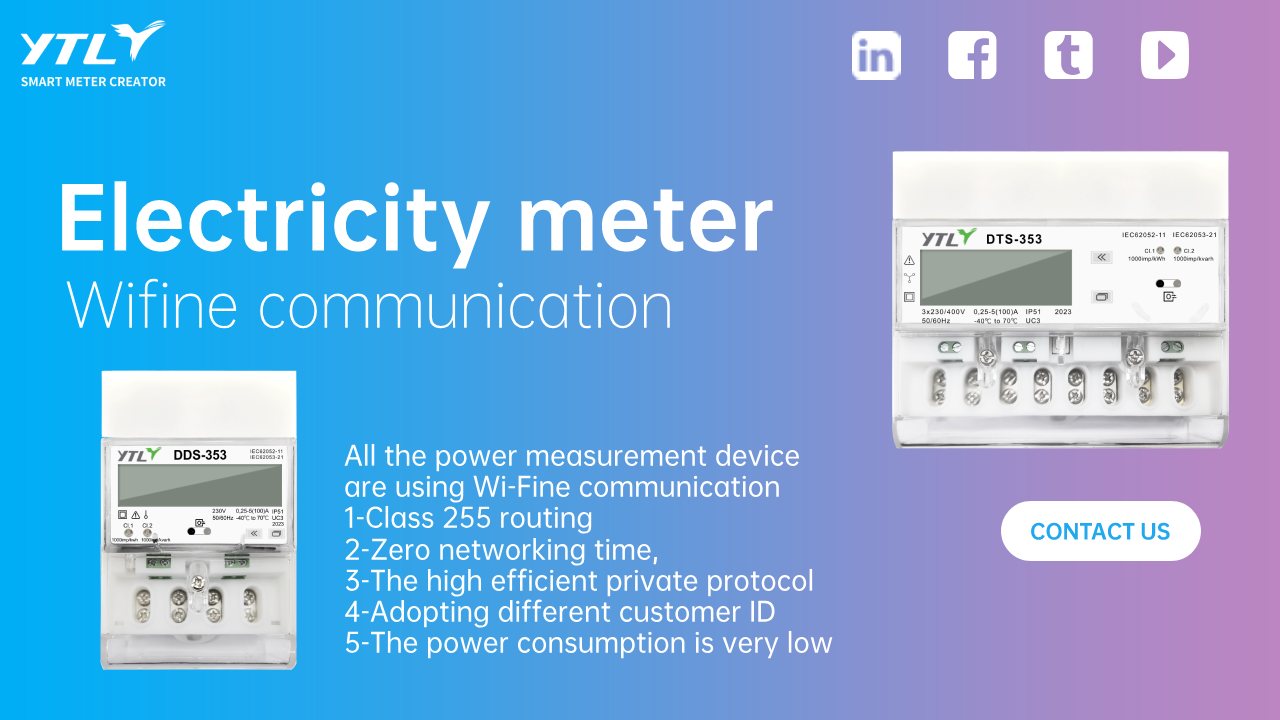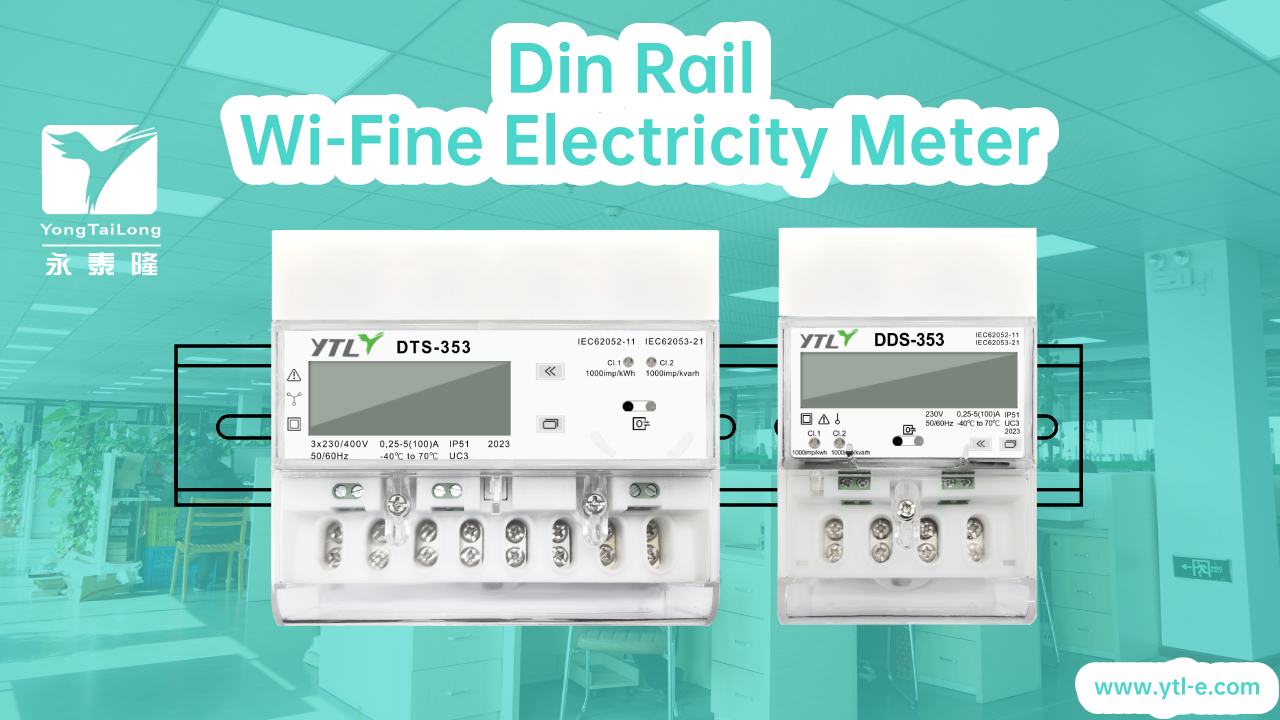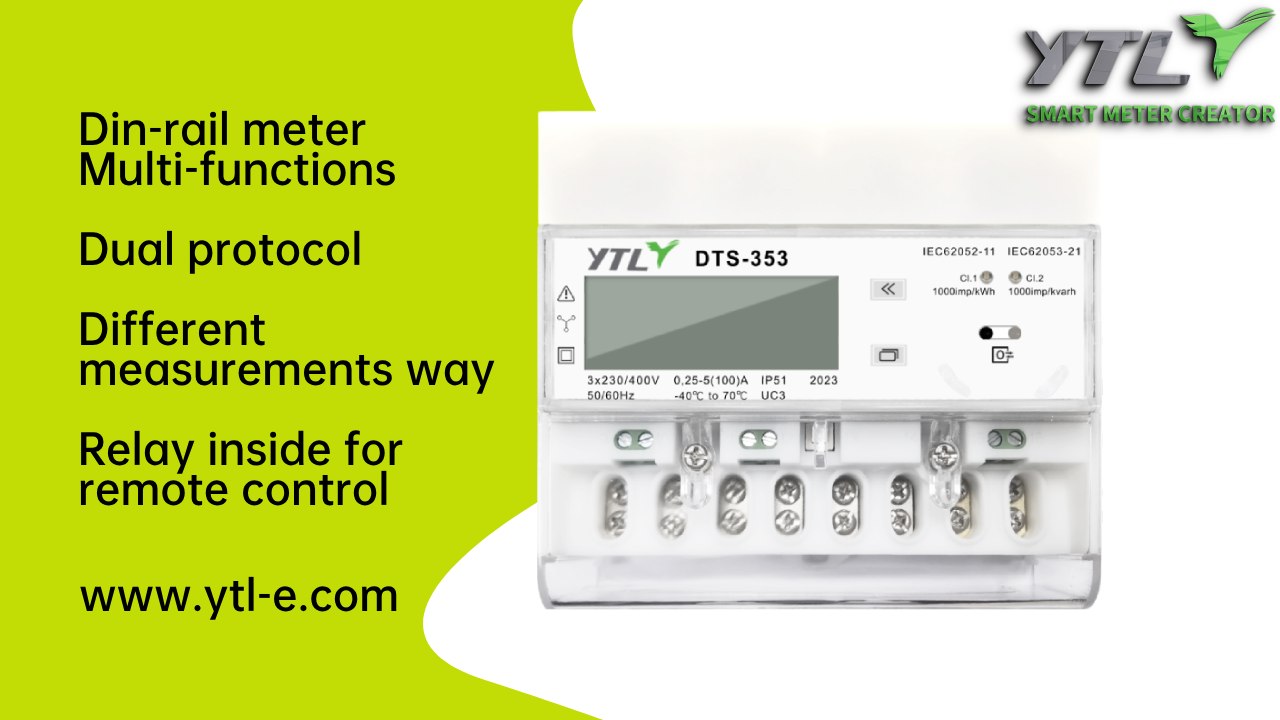The energy meter itself does not directly implement anti-islanding functionality; rather, it serves as a metering device in the power system to measure and record energy consumption. However, in distributed generation systems (such as photovoltaic systems), a series of protective measures are typically employed to prevent islanding effects, including anti-islanding protection devices that work in conjunction with the energy meter. The following sections will provide a detailed explanation of the concept of anti-islanding, the role of the energy meter in this context, and the methods for implementing anti-islanding protection.

1. Concept of Anti-Islanding
Islanding effect refers to a situation where a portion of the power grid becomes disconnected from the main grid but continues to supply power to the load, creating a self-sufficient island state. This island state can cause abnormal voltage and frequency fluctuations, posing safety risks to equipment and personnel, and potentially impacting the stable operation of the power grid. Therefore, effective anti-islanding protection measures must be implemented in distributed generation systems.
2. The Role of Energy Meters in Anti-Islanding
Although energy meters do not directly implement anti-islanding functionality, they play a crucial role in the monitoring and metering of distributed generation systems. Through energy meters, real-time monitoring of the generation output, power consumption, and energy flow at the grid connection point is possible. This data is essential for determining whether the system is in an islanding state, evaluating system performance, and optimizing operational strategies.

3. Methods for Implementing Anti-Islanding Protection
The implementation of anti-islanding protection primarily relies on specialized anti-islanding protection devices. These devices usually work in conjunction with energy meters, grid connection breakers, inverters, and other equipment to ensure the safe and stable operation of distributed generation systems. The main methods for implementing anti-islanding protection include:
3.1 Voltage and Frequency Monitoring: Anti-islanding protection devices continuously monitor the voltage and frequency at the grid connection point. When abnormal voltage or frequency (such as high or low voltage, or frequency deviations from normal range) is detected, the device assesses that the system may be in an islanding state and issues a protective signal. Although energy meters do not directly participate in anti-islanding protection, the voltage and frequency data they provide are crucial for assessing islanding conditions.
3.2 Power Flow Direction Monitoring: Anti-islanding protection devices also monitor the direction of power flow from the distributed generation system to the grid. Under normal conditions, power flows from the distributed generation system to the grid. If the direction of power flow changes (such as reverse power flow), it may indicate that the system has disconnected from the main grid and entered an islanding state. Similarly, power data from energy meters is an important reference for determining islanding conditions.
3.3 Grid Connection Breaker Control:
Once the anti-islanding protection device determines that the system is in an islanding state, it immediately sends a signal to control the grid connection breaker, isolating the distributed generation system from the main grid to eliminate the islanding effect. Although energy meters do not directly control grid connection breakers, the monitoring data they provide is essential for controlling the breakers.

3.4 Communication and Remote Monitoring:
Modern anti-islanding protection devices typically feature communication capabilities, enabling real-time data exchange with remote monitoring centers. Through remote monitoring centers, operators can get real-time information on the operating status of the distributed generation system, including whether it is in an islanding state. As a key metering device in the power system, energy meter data is also often uploaded to remote monitoring centers for centralized management and analysis.
3.5 Intelligent and Integrated Solutions:
With technological advancements, anti-islanding protection technology is continuously evolving. Intelligence and integration are significant trends in anti-islanding protection technology. By integrating various protection methods (such as voltage protection, frequency protection, power direction protection) and incorporating advanced technologies like artificial intelligence and big data, more precise and rapid islanding detection and protection can be achieved. In this trend, the role of energy meters as fundamental metering devices in the power system will become increasingly prominent in anti-islanding protection and other advanced applications.
Although energy meters do not directly implement anti-islanding functionality, they play a vital role in the monitoring and metering of distributed generation systems. By working in coordination with other anti-islanding protection devices, they help ensure the safe and stable operation of distributed generation systems. Moreover, with technological progress and the continuous development of power systems, the role of energy meters in anti-islanding protection will become more pronounced.

 English
English 简体中文
简体中文








.png?imageView2/2/w/500/h/500/format/png/q/100)





